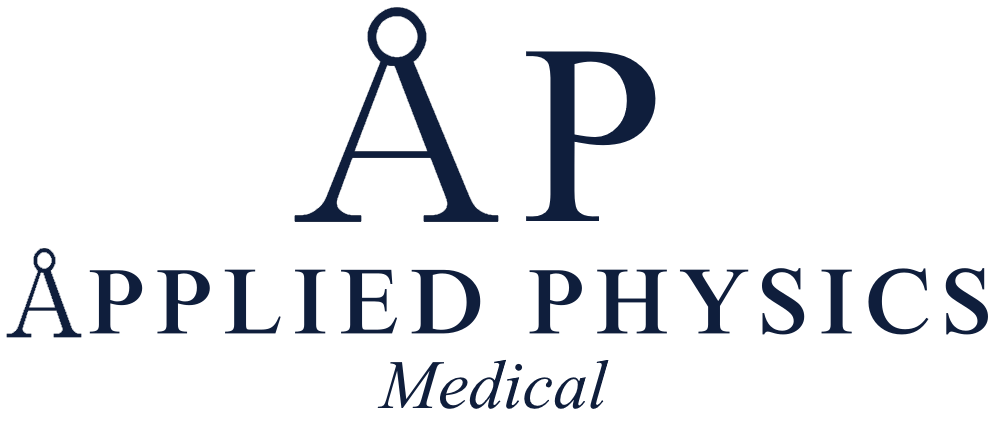Introduction to Applied Physics in Medicine
What is Applied Physics?
Have you ever wondered what applied physics is? Imagine applied physics as the friendly neighbor who borrows tools from the physics lab and lends them to engineers and medical professionals to solve real-world problems. Essentially, it’s the application of physical theories to tackle practical issues.
The Intersection of Physics and Medicine
Now, let’s zoom in on a particular field where applied physics plays a starring role – medicine. Like peanut butter and jelly, physics and medicine complement each other splendidly. Physics offers the tools and medicine offers the canvas. The result? Technological wonders have transformed healthcare!
The Science Behind Precision in Medical Procedures
When it comes to medical procedures, precision is not just a luxury, it’s a necessity. A few millimeters can be the difference between success and catastrophe. That’s where the fascinating science of physics steps in.
The Role of Physics in Medical Imaging
MRI: A Marvel of Magnetic Resonance
Think of MRI as an artist. But instead of a paintbrush, it uses magnets and radio waves to create detailed pictures of the insides of your body. Applied physics helps fine-tune this technology. Like adjusting the focus on a camera, physicists fiddle with magnet strengths and frequencies to capture crisper, clearer images. This can be pivotal in early diagnosis and personalized treatment plans.
X-rays: Penetrating the Body’s Secrets
X-rays are like your friendly neighborhood superhero. They have the power to see through things! X-rays have been unmasking the secrets hidden under our skin for over a century. From broken bones to pneumonia, they play a crucial role in diagnostic medicine. The precision of the machines used to capture these X-rays is thanks to – you guessed it – applied physics!
Precision in Surgical Procedures
Lasers in Surgery: The Cutting Edge
Imagine a blade so sharp and precise that it could cut through layers of paper without leaving a jagged edge. Now imagine that blade being used in delicate surgeries. Welcome to the world of laser surgery! Physics powers these beams of light, allowing surgeons to operate with unprecedented accuracy.
Robotic Surgery: When Precision is Key
In the game of Operation, you win or you lose. There’s no middle ground. Robotic surgery can feel like a high-stakes game of Operation. Only instead of a buzzer going off if you make a wrong move, the stakes are infinitely higher. Thankfully, the precision and control that applied physics provides to these robots can greatly minimize these risks.
Radiation Therapy: A Focused Battle Against Cancer
Understanding Radiation Therapy
In the war against cancer, radiation therapy is like a sniper. Its mission: target and neutralize cancer cells while sparing as many healthy cells as possible. Applied physics is what sharpens the sniper’s aim, guiding the radiation precisely where it needs to go.
Particle Beams: Zapping Cancer with Precision
Particle beam therapy is a more recent development in this battlefield. This treatment uses protons or heavy ions to zap cancer cells. Physics ensures the beams hit their mark and deposit their energy in the tumor, limiting damage to healthy tissue.
The Future of Physics in Medicine
Innovations and Emerging Technologies
As we peer into the future, the possibilities seem endless. From nanorobots to 3D-printed organs, the marriage of physics and medicine promises to revolutionize healthcare. With each innovation, the importance of precision becomes even more evident.
Ethical Considerations in Technological Advancements
But as Spiderman’s Uncle Ben wisely said, “With great power comes great responsibility”. As technology advances, we must consider the ethical implications and strive for a balance between innovation and ethics.
Conclusion
In conclusion, applied physics has left an indelible mark on medical procedures, enhancing precision and improving outcomes. From diagnostics to surgery to therapy, it’s clear that when it comes to medicine, precision matters.

